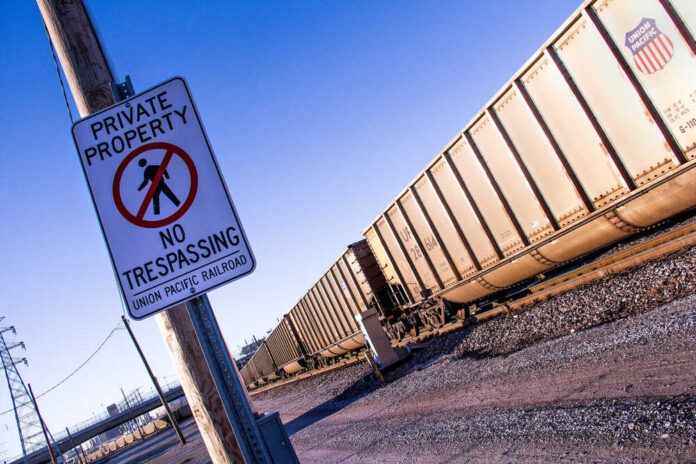
Nebraska saw a major train derailment this week, echoing fears over a potential contaminating event similar to the situation unfolding in Ohio. The train, carrying coal, necessitated a large emergency response.
The most recent crash is the second such high-profile derailment in fewer than three weeks. It also represents another significant challenge for the Biden White House, which has been heavily criticized by the left and right over its response to the toxic spill and burnoff on the Ohio-Pennsylvania border.
The Nebraska crash brought 31 train cars off of the tracks and led to a significant Hazmat response. The Union Pacific rail line was partially cleaned within one day after the crash and the company is currently investigating the cause of the crash.
The event took place near Gothenburg, Nebraska in the central part of the state. Dramatic video surveillance footage at the scene shows the scope of the crash and damage.
There was another freight train derailment Tuesday in Nebraska where more than 30 Union Pacific cars loaded with coal went off the tracks. The cause of the wreck is under investigation. pic.twitter.com/H73fN8q9y2
— CBS Evening News (@CBSEveningNews) February 21, 2023
The crash in Nebraska follows the devastating Feb. 3 derailment of 50 train cars in East Palestine, Ohio. The Ohio crash gained national attention as powerful and dangerous chemicals threatened human and animal life in the area.
The crash of the coal train does not carry the same risk as the derailment in Ohio but takes place during a number of high-profile accidents.
The back-to-back accidents also highlight recent criticism of Secretary of Transportation Pete Buttigieg. Buttigieg has not yet traveled to the site in East Palestine, to the sharp criticism of Republican lawmakers.
Furthermore, the Environmental Protection Agency’s (EPA) delay in visiting the site also caused the ire of local officials. The federal agency ordered the rail carrier Norfolk Southern to clean up the affected area, almost three weeks after the initial derailment.
The slow response and potential public danger led both Ohio senators to write a letter of concern. New Sen. J.D. Vance (R-OH) and Sen. Sherrod Brown (D-OH) co-wrote the letter expressing concern about the dangerous nature of dioxins spilled at the site, specifically vinyl chloride.










